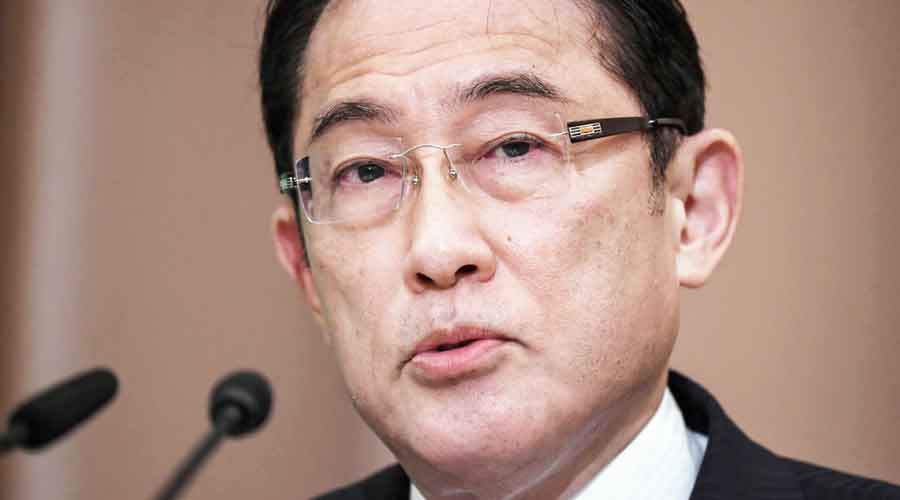Japanese Prime Minister Fumio Kishida’s ruling coalition was projected to stay in power in Sunday’s election, but his party suffered steep losses, potentially weakening him just weeks into the job of leading the world’s no. 3 economy.
It was too close to call whether Kishida’s Liberal Democratic Party (LDP) would maintain its majority in the powerful lower House of parliament, according to exit polls by public broadcaster NHK, but Kishida’s coalition with partner Komeito was forecast to maintain control.
The coalition was projected to win 239 to 288 seats in the lower House, more than the 233 needed for a majority, NHK said. The LDP was expected to win between 212 to 255 seats.
“If the projections are correct, then Kishida should be able to continue to govern, or start to govern, but maybe there’ll be a bit of a question mark over his leadership in view of the upper House election next year,” said Koichi Nakano, a professor at Tokyo’s Sophia University.
The vote was a test for Kishida, who called the election soon after taking the top post early this month, and for his LDP, which has been in government except for brief spells since 1955. But the party has been battered by its perceived mishandling of the coronavirus pandemic. Kishida, who has struggled to shake off an image that he lacks charisma, has failed to excite voters with policies to help poorer people, while securing a big boost in military spending and taking a harder line on China.
One of the most high-profile LDP defeats was a former economy minister and the leader of one of the party’s factions, Nobuteru Ishihara, who lost to an Opposition candidate in a western Tokyo district. The Osaka-based Japan Innovation Party led by popular politicians from the city’s government was projected to more than treble its pre-election haul, putting it on track to surpass LDP partner Komeito as the third force in the lower House.











